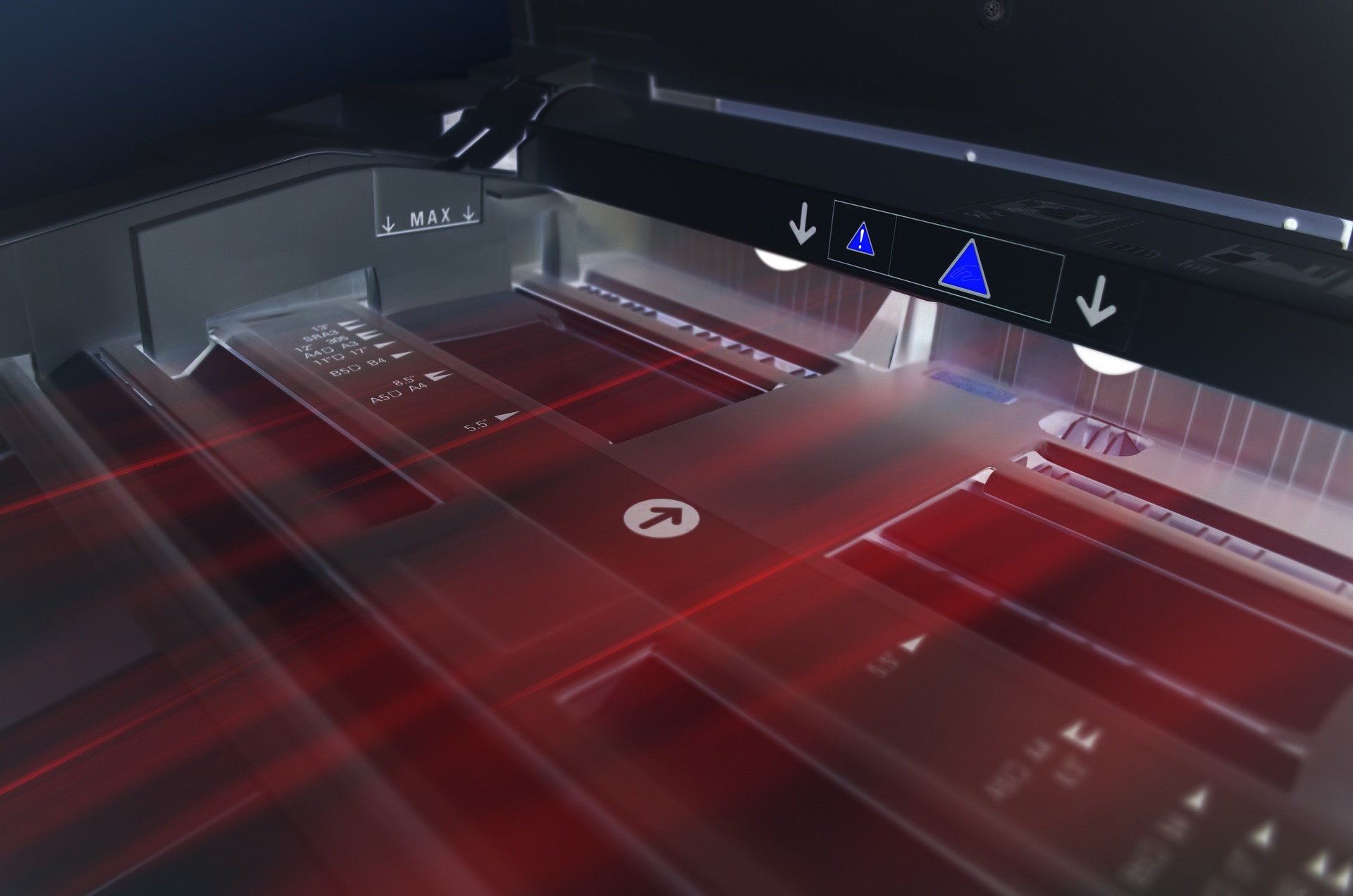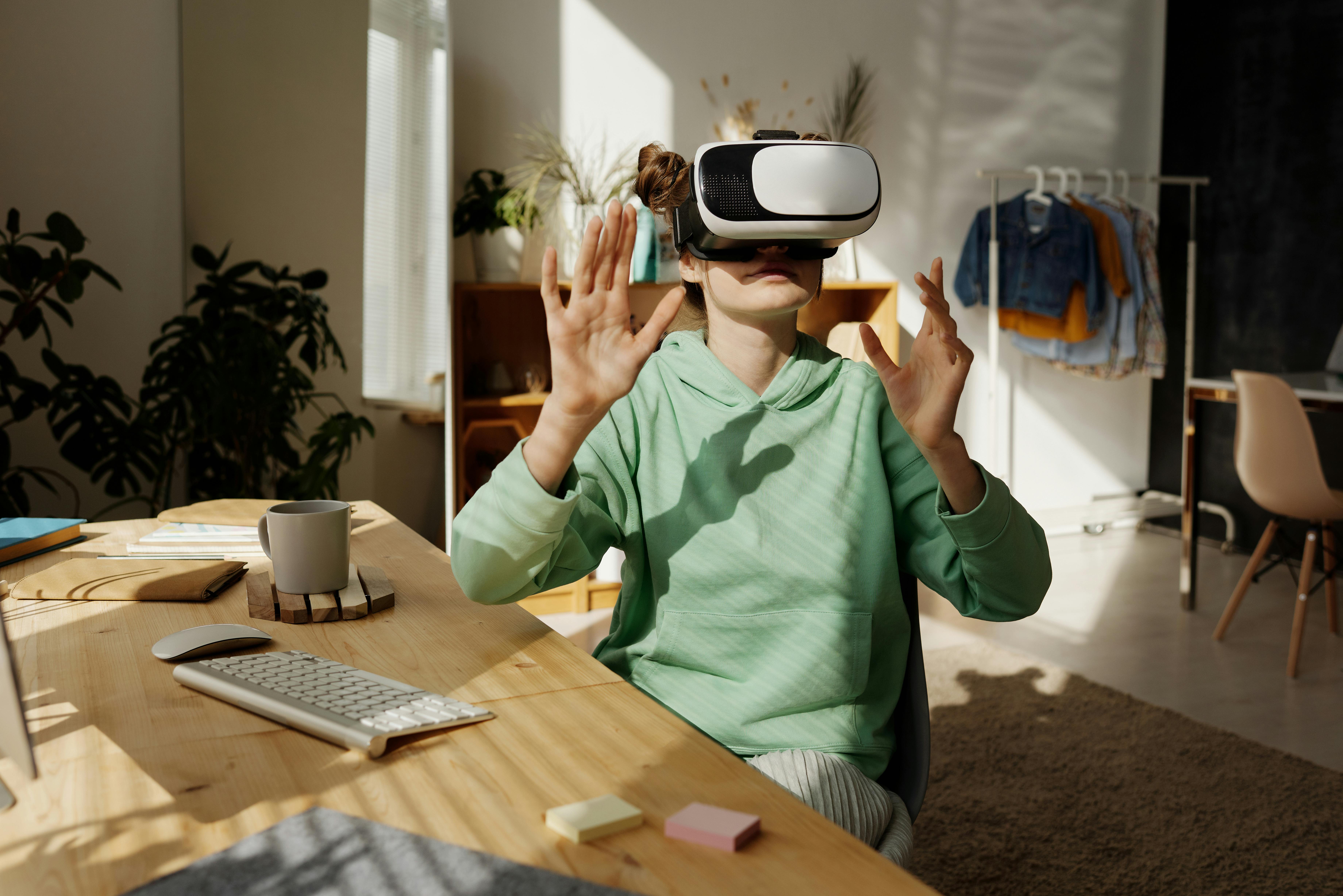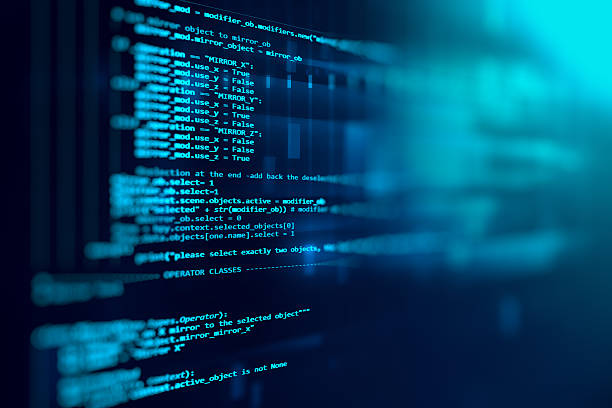"Dual Reality: The Merging of Physical and Digital Worlds through Mixed Reality Technology"
Picture this: You're sitting in your living room, but instead of staring at a flat-screen TV, you're watching a 3D holographic display of a live concert. You reach out, and with a wave of your hand, you can interact with the digital objects in front of you. This isn't a scene from a science fiction film, but a peek into the not-so-distant future thanks to Mixed Reality (MR) technology.
The Genesis of Mixed Reality
In the early 1990s, Paul Milgram and Fumio Kishino, two forward-thinking researchers, proposed the concept of a “Reality-Virtuality Continuum.” This continuum spanned from the real environment to a completely virtual one, with Mixed Reality residing in between. Over the past three decades, advancements in computer graphics, sensor technology, and artificial intelligence have brought this concept closer to reality.
MR is a blend of the physical and digital worlds, creating a new environment where physical and digital objects coexist and interact in real time. It doesn’t entirely replace the real world with a virtual one, like Virtual Reality (VR), nor does it just overlay digital information onto the physical world, like Augmented Reality (AR). Instead, MR merges these technologies, creating a fluid, immersive experience.
Mixed Reality: Here and Now
Recent news and updates show that Mixed Reality is more than just a concept—it’s a reality. Tech giants like Microsoft, Google, and Apple are investing heavily in MR technology. Microsoft’s HoloLens, an MR headset, is already being used in various sectors, from healthcare to aviation, providing hands-free access to data and 3D visualization of complex scenarios.
In the consumer electronics sector, MR is transforming the gaming industry. Niantic’s Pokémon Go, an AR game, gave us a taste of this new reality, and future MR games promise even more immersive experiences.
The Market Impact and Future Outlook
The market for MR is expanding rapidly. According to a report by MarketsandMarkets, the global MR market size is projected to grow from USD 1.6 billion in 2020 to USD 3.7 billion by 2025, at a Compound Annual Growth Rate (CAGR) of 18.0% during the forecast period.
As for the future, we can expect MR to revolutionize various industries. In healthcare, for example, MR could enable doctors to visualize complex surgeries beforehand. In education, students could interact with 3D models, making learning more engaging and effective.
Unleashing the Potential of Mixed Reality
Despite the excitement around MR, it’s still an evolving technology with many challenges to overcome. High-quality MR requires advanced algorithms, powerful processors, and energy-efficient hardware. Furthermore, creating intuitive, user-friendly interfaces is a crucial aspect that needs further development.
However, the potential of MR is undeniable. As this technology matures, it will undoubtedly blur the lines between our physical and digital worlds further, creating experiences that, until recently, were confined to the realm of science fiction.
In Conclusion
Mixed Reality is a fascinating intersection of technology, design, and human interaction. As we venture further into the 21st century, the line between our physical and digital worlds will continue to blur. The question is no longer if MR will become a part of our daily lives, but when and how it will reshape our reality. The future is mixed, and it’s closer than we think.







